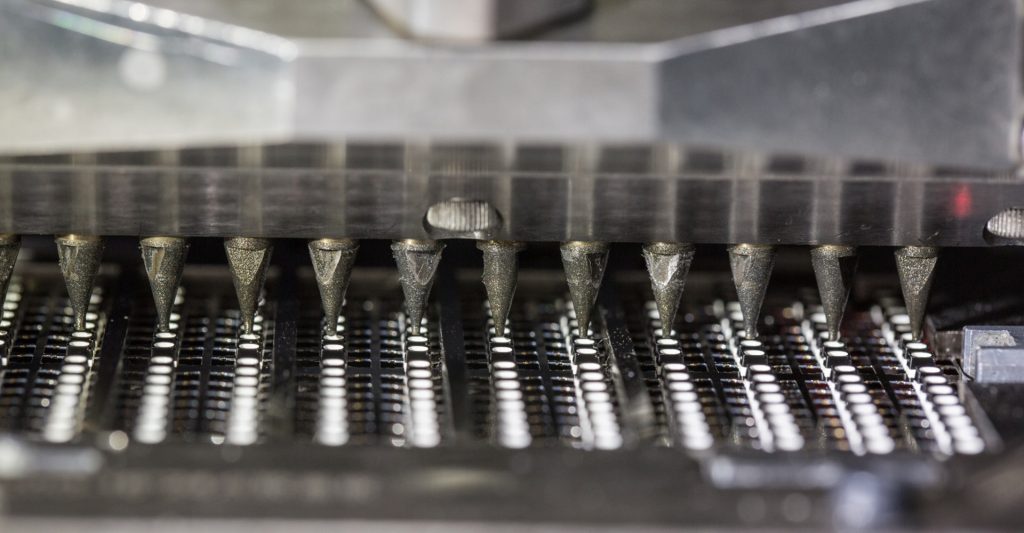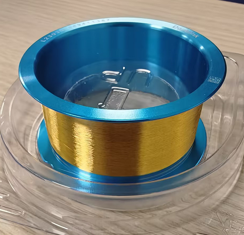In the first part of this article, we give a brief introduction over the varieties and specifications of LED frames and LED chips used in LED packaging. Here we’ll continue the subject and talk about the die attach glues, bonding wires, and encapsulation glues, and their types and features for LED packaging.

Die attach glue fixes the LED chip onto the designated area of the LED frame and meanwhile conducts electricity for the LED chip.
Die attach glue has two different types, the conductive glue and the insulating glue; generally speaking, conductive glue is used for vertical structure red LED chip, while the insulating glue is used for horizontal structure blue and green LED chips.
As the core component of the bonding between the LED chip and the LED frame, die attach glue determines the heat dissipation performance of the LED.
Kinglight LED uses high-quality die attach glue, which has the advantages of good conductivity, good thermal conductivity, good yellowing resistance, high reliability, etc., and has good bonding and shear strength, strong bonding force, and does not absorb moisture.
Bonding wires are usually thin metal wires that connect LED frames and LED chips, and transmit electrical signals. They’re indispensable core components in semiconductor production.

Gold wire used in LED packaging
Bonding wires are classified by material, generally including gold wire, silver wire, copper wire, aluminum wire, palladium-plated copper wire, alloy wire, etc.; bond wires come in different diameters, such as 0.7mil, 0.8mil, 0.9mil, 1.0mil, etc.

Label of bonding wires includes information about material, purity, diameter, length, weight, production date, expiration date, etc.
Encapsulation glues are used to protect the LED chip and the internal structure of the frame from the external environment. Encapsulation glues usually provide waterproof, moisture-proof and dust-proof features for the LED and meanwhile increase optical performance of the LED.
Encapsulation glue generally includes epoxy resin, silicone and modified materials.
Epoxy Resin
Epoxy resin is a commonly used type of encapsulation glue.
It provides various advanced features such as high light transmittance, excellent bonding performance, good mechanical properties, good electrical insulation and sealing properties, low cost, easy to shape, etc.
It also has some disadvantages like non-resistant to yellowing at high temperatures, poor weather resistance.
Silicone
Silicone is another popular option for encapsulation glue.
Advantages: high transparency, high and low temperature resistance, weather resistance, thermal stability
Disadvantages: poor adhesion to LED frame
Modified Materials
To comprehensively enhance the overall performance of the encapsulation glue, scientists have developed a type of modified material for encapsulation through either physical blending or chemical modification.
Physically Blended Glue
By physically mixing silicone prepolymer and epoxy resin prepolymer, and adding curing agent in, we obtain a mixed glue that bears the advantages of both silicone and epoxy resin. The only shortcoming of physically blended glue is the poor compatibility between the two materials; sometimes, they are prone to separation.
Chemically Enhanced Glue
By introducing epoxy groups into silicone, we can get a chemically enhanced resin for both improved mechanical strength and increased adhesion of the encapsulation.